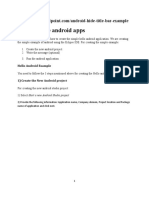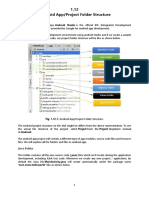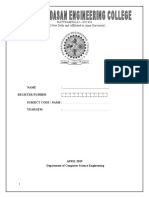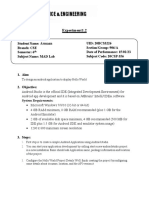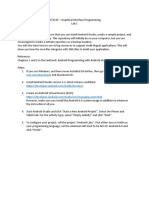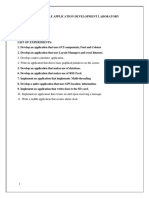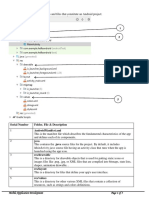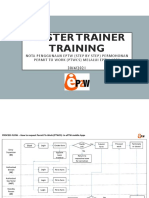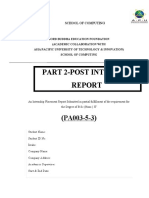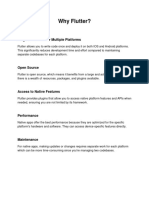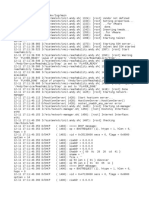0% found this document useful (0 votes)
14 views27 pagesAndroid Lab
The document outlines the system requirements and installation process for Android Studio, the official IDE for Android app development. It details the project structure of an Android application, including the various folders such as Manifests, Java, res, and Gradle Scripts, along with sample code for creating applications. Additionally, it provides step-by-step instructions for several experiments, demonstrating how to create simple Android applications using different components and intents.
Uploaded by
janujj232Copyright
© © All Rights Reserved
We take content rights seriously. If you suspect this is your content, claim it here.
Available Formats
Download as PDF, TXT or read online on Scribd
0% found this document useful (0 votes)
14 views27 pagesAndroid Lab
The document outlines the system requirements and installation process for Android Studio, the official IDE for Android app development. It details the project structure of an Android application, including the various folders such as Manifests, Java, res, and Gradle Scripts, along with sample code for creating applications. Additionally, it provides step-by-step instructions for several experiments, demonstrating how to create simple Android applications using different components and intents.
Uploaded by
janujj232Copyright
© © All Rights Reserved
We take content rights seriously. If you suspect this is your content, claim it here.
Available Formats
Download as PDF, TXT or read online on Scribd
/ 27
